How Dracula Daily changed the community reading game
By re-imagining Bram Stoker’s Dracula, Matt Kirkland created a new way of reading
By Swamini Narkar
In 2020, the world completely shut down. To explain what was happening around them, people naturally started gravitating towards classics. “Being trapped in a castle, trying to get out, felt like it (Dracula) had a lot of parallels there,” said web designer Matt Kirkland in a 2022 interview for The New York Times.
Kirkland started reading Bram Stoker’s book to his daughter when he started noticing the letters from the novel’s protagonist, Jonathan Harker, were dated. As a fun activity, he started synchronising the readings to the dates on the letters so that it felt like the events in the book were unfolding in real time. In 2021, he took this idea to Substack, creating Dracula Daily, an email service that would send readers letters from Dracula based on the date.
“I thought, what you need is an automated newsletter or something that can just drop you the right text at the right time. And then once I had that idea, I was going to do it sooner or later,” Kirkland said in an interview with Slate Magazine in 2022.
The newsletter was a massive success, gaining over 200,000 subscribers over the course of the novel. Fans on social media platforms like Tumblr also followed along, sharing memes and live-reacting to the events in the book.
Due to the unique format of the newsletter, readers were able to come together to celebrate a beloved classic every day through the summer from May 3 to November 7. The success of Dracula Daily shows that this format may be the way forward for digital book clubs, where subscribers can read along in real time and discuss the latest updates together.
The newsletter’s success also sparked new literary newsletters like Whale Weekly, a weekly serialisation of Moby Dick and Frankenstein Weekly for Mary Shelley’s Frankenstein.
